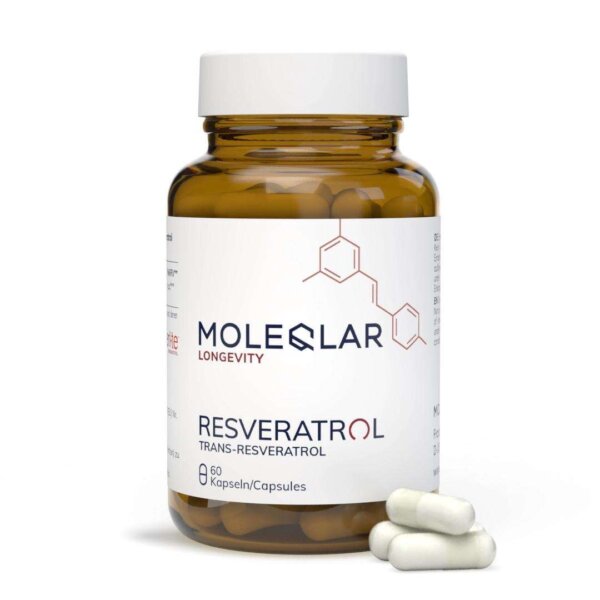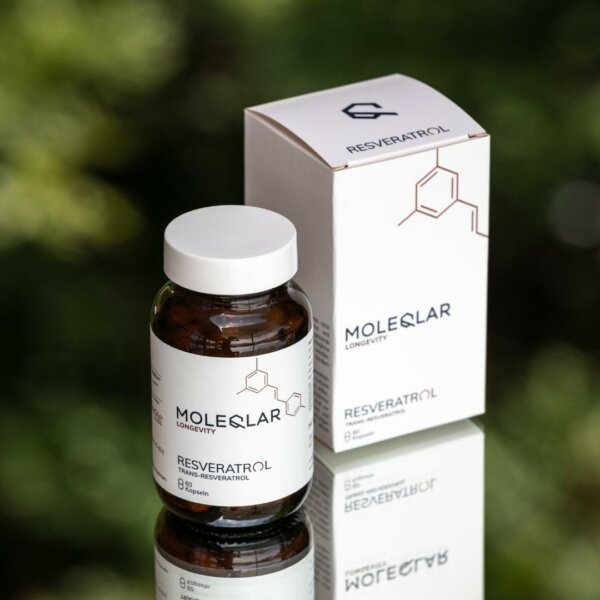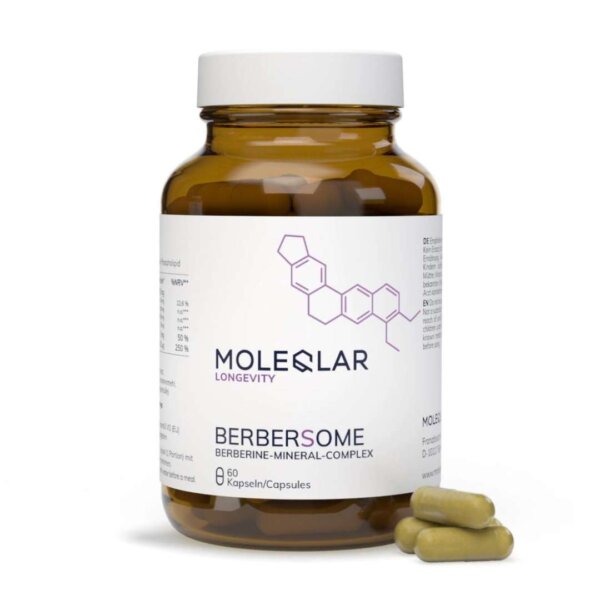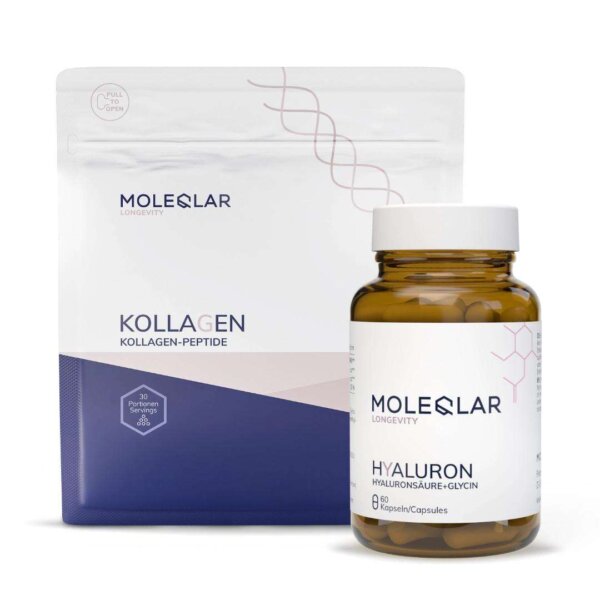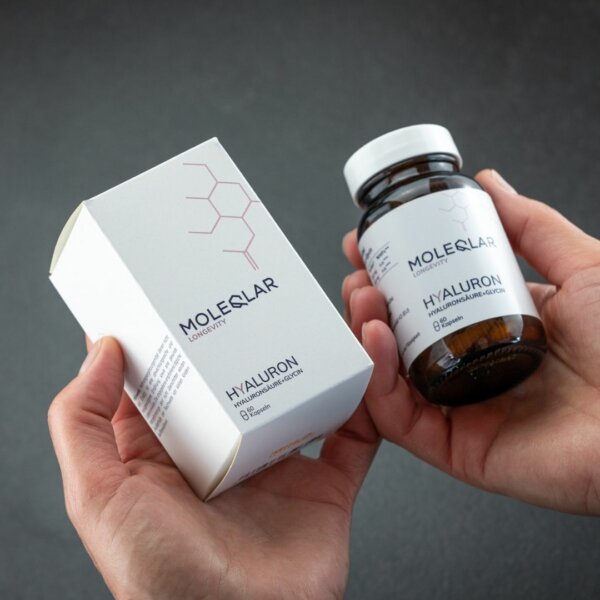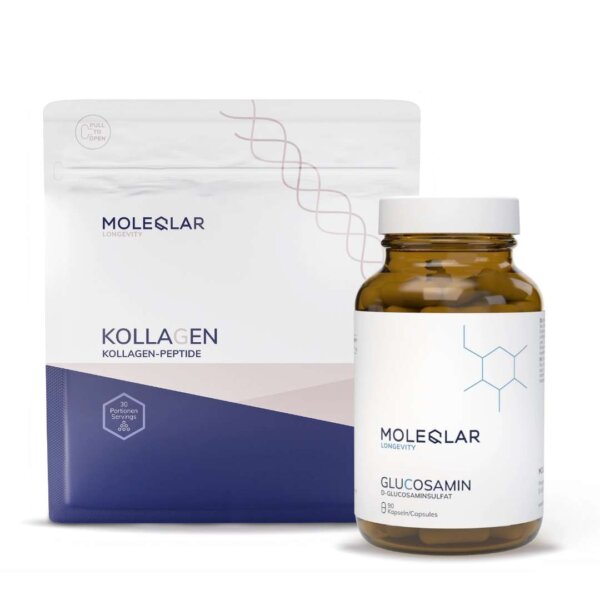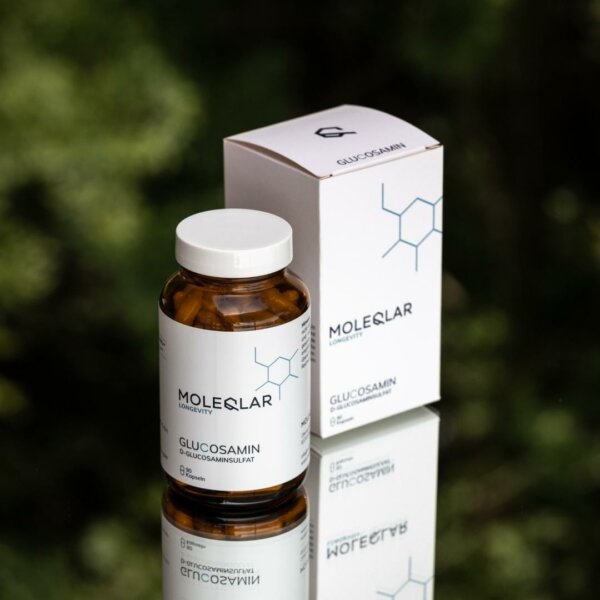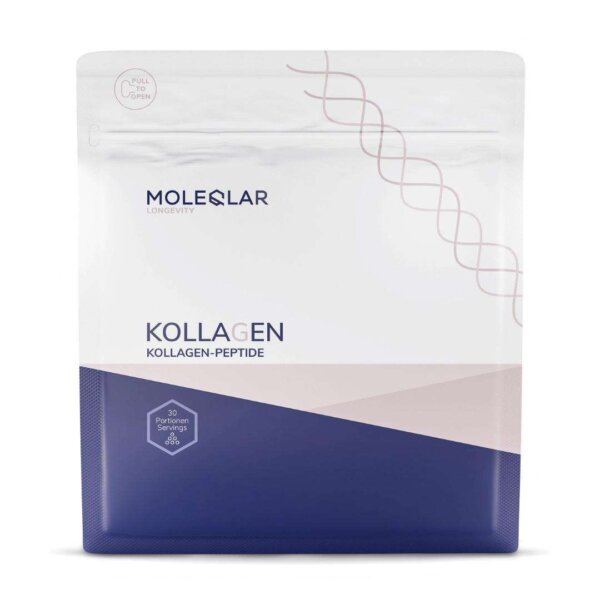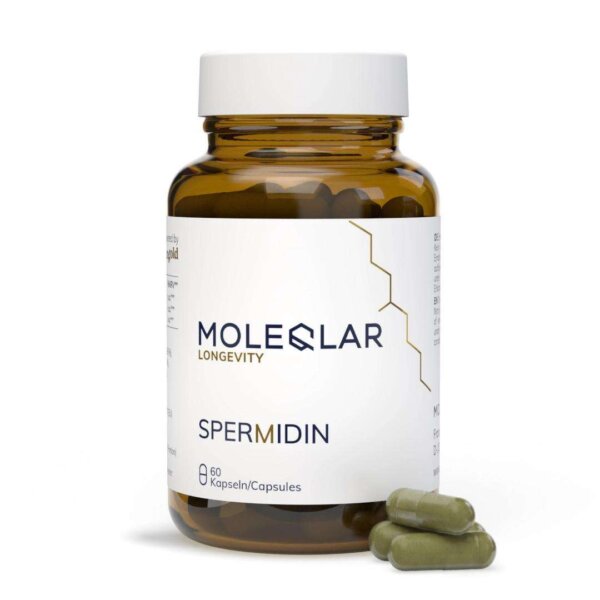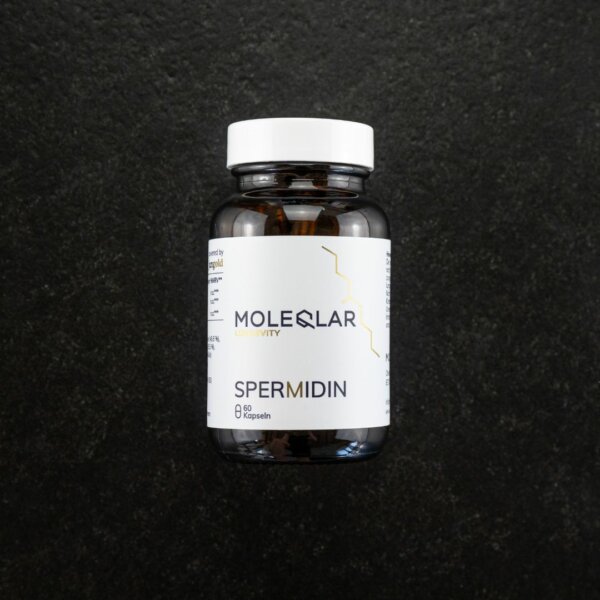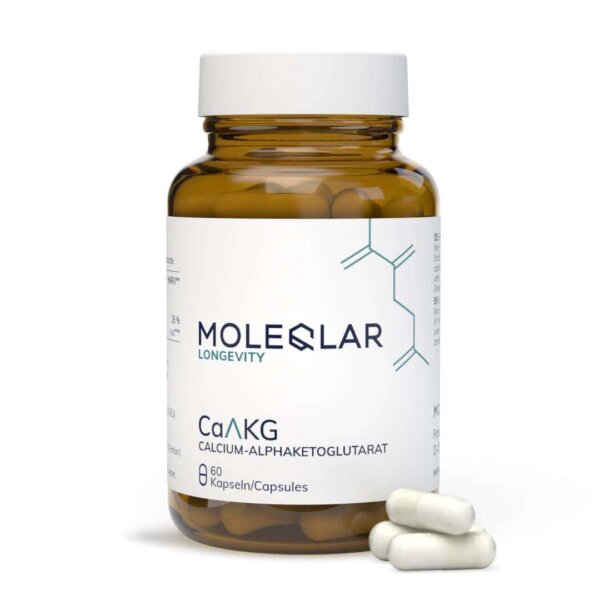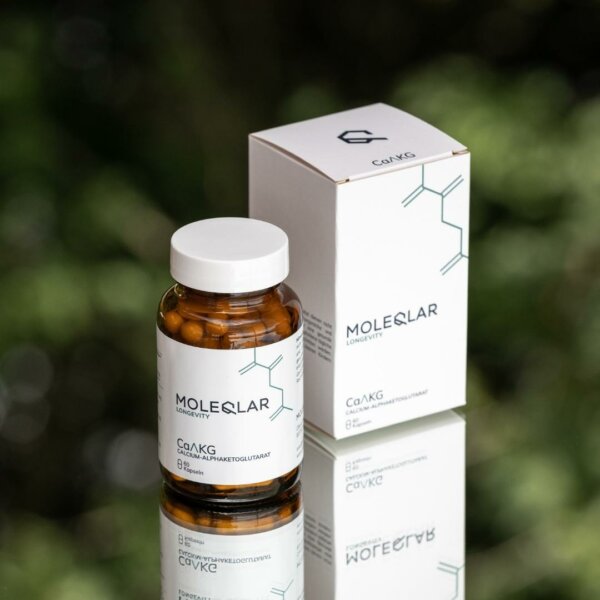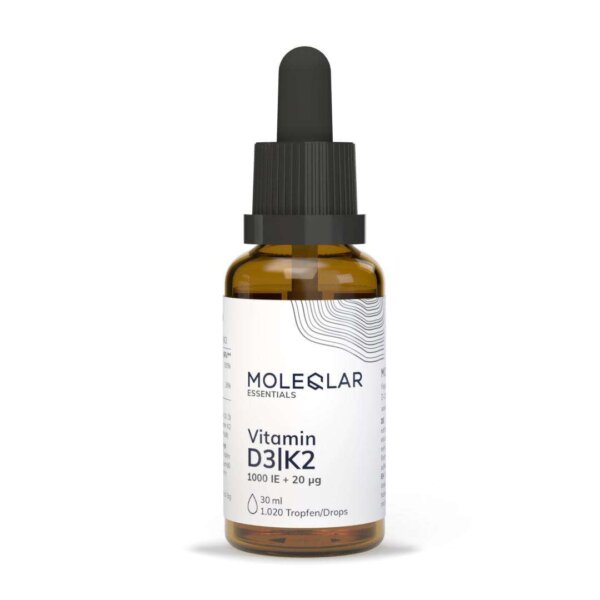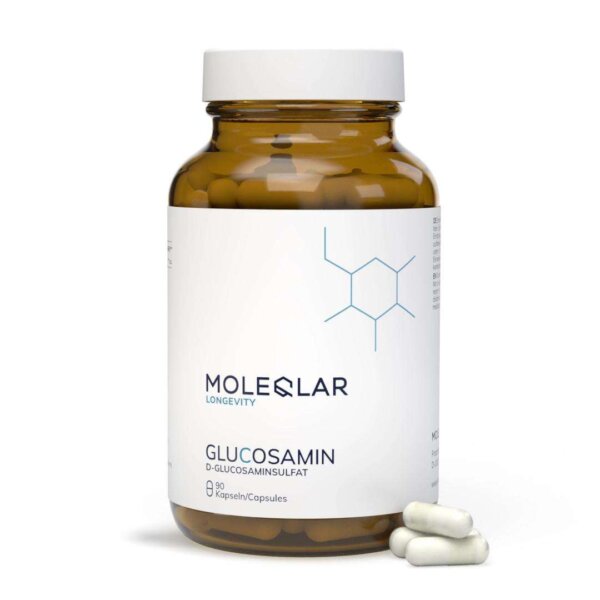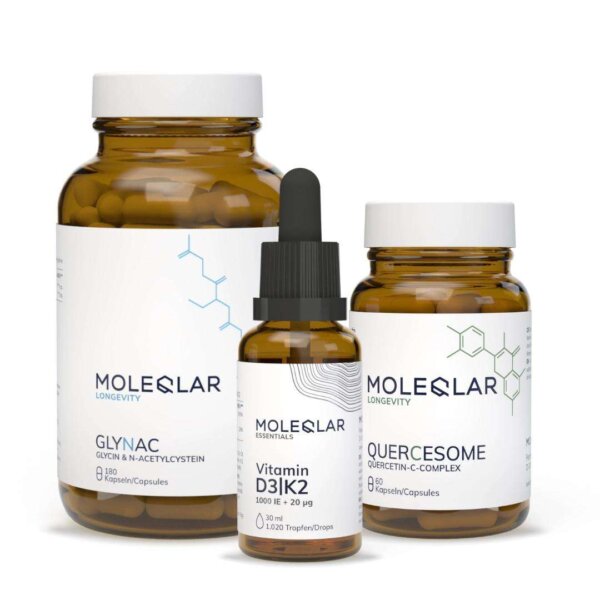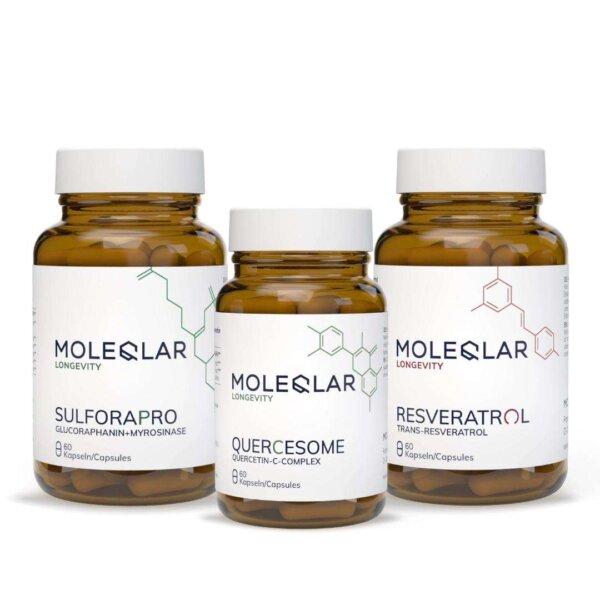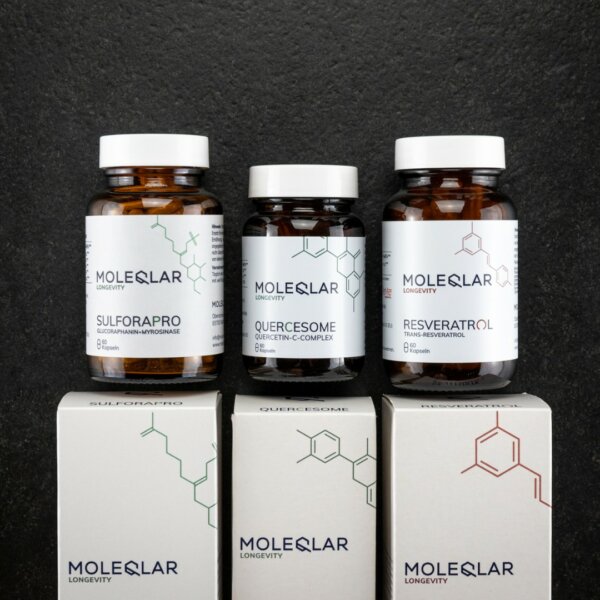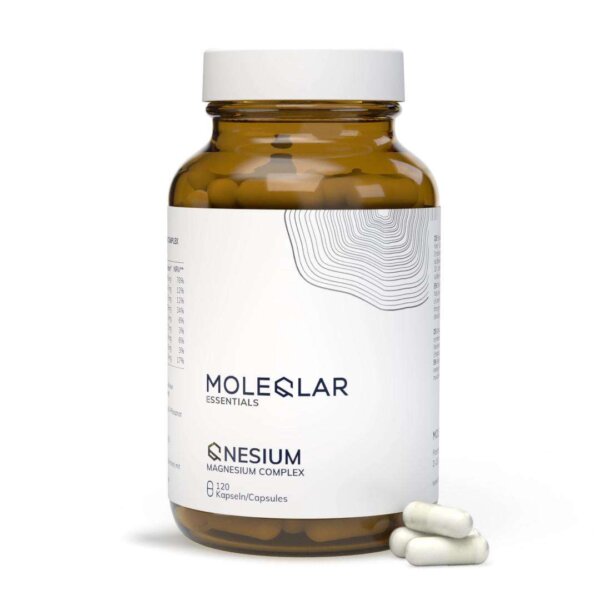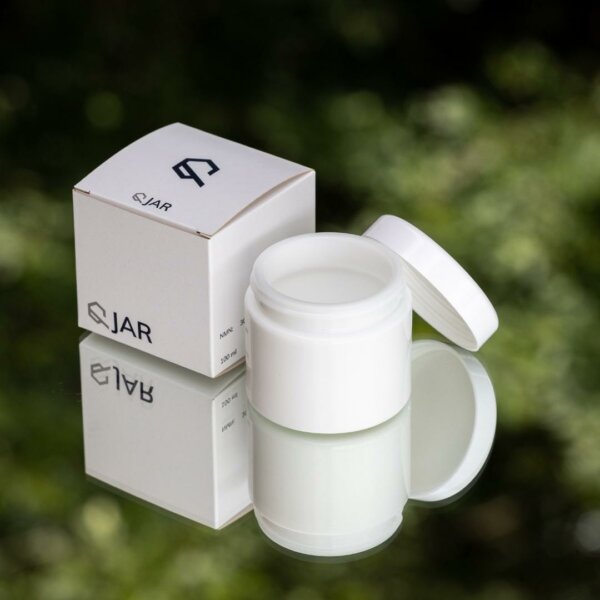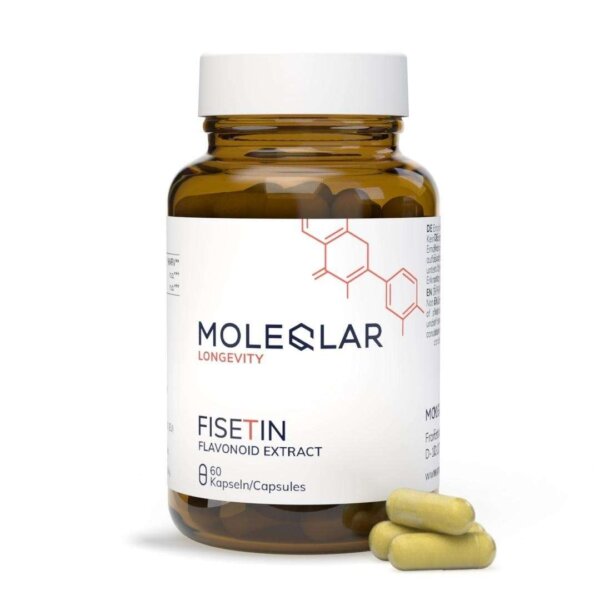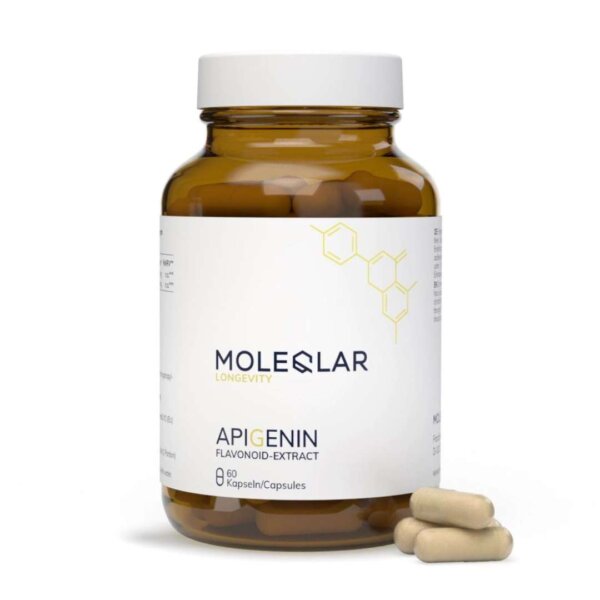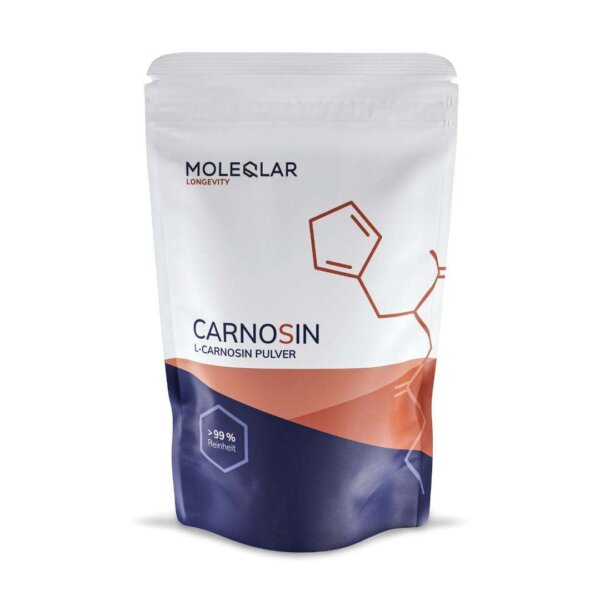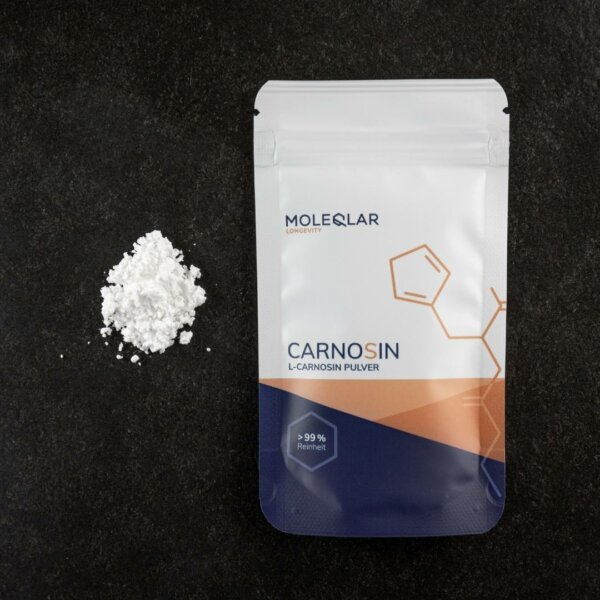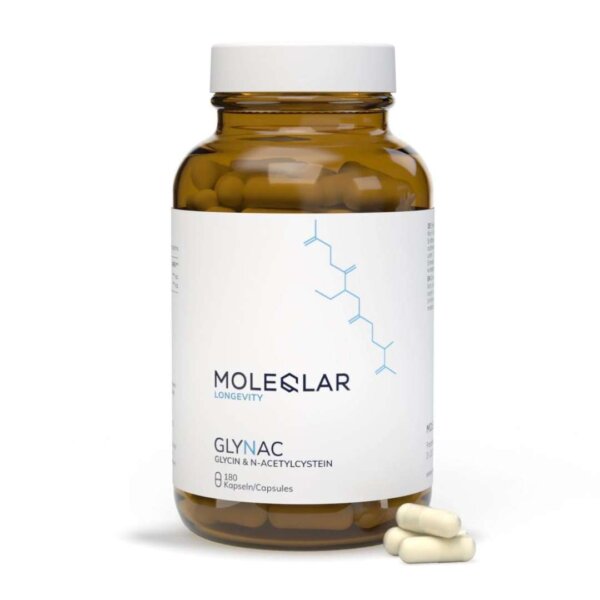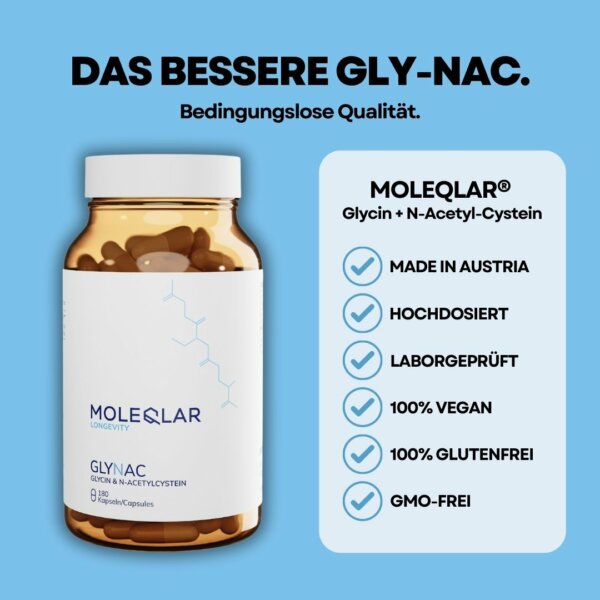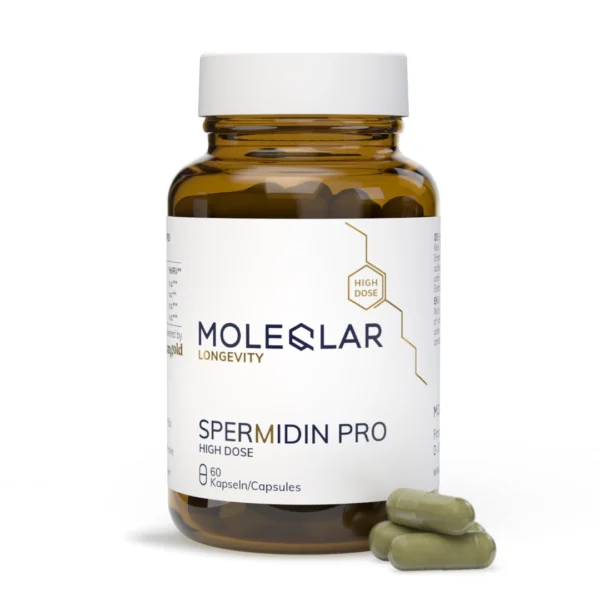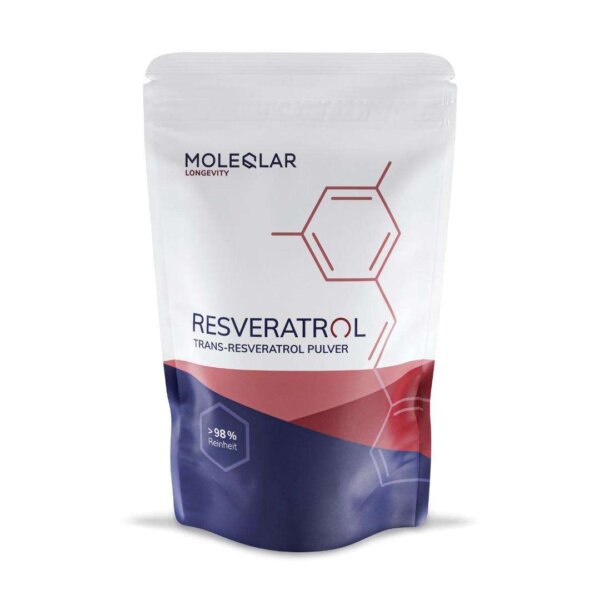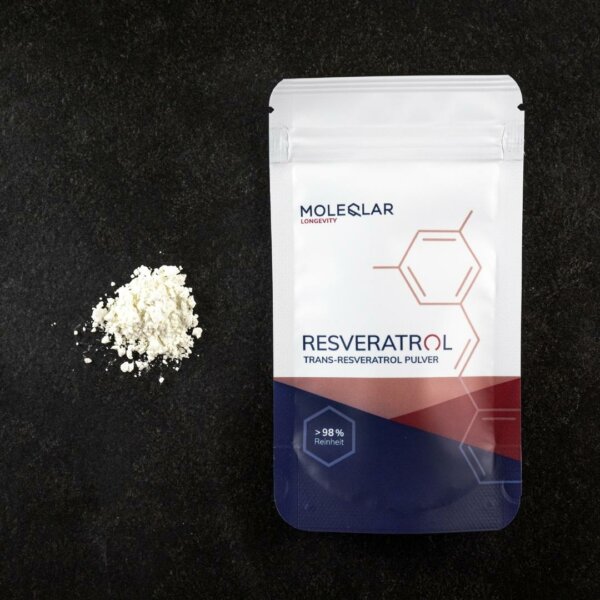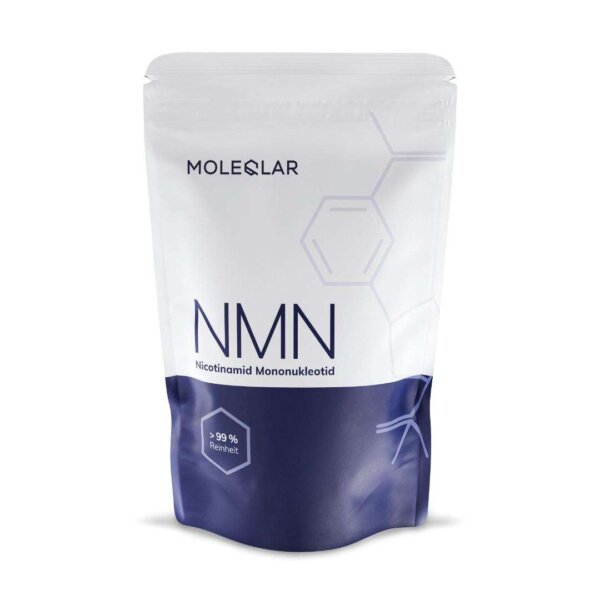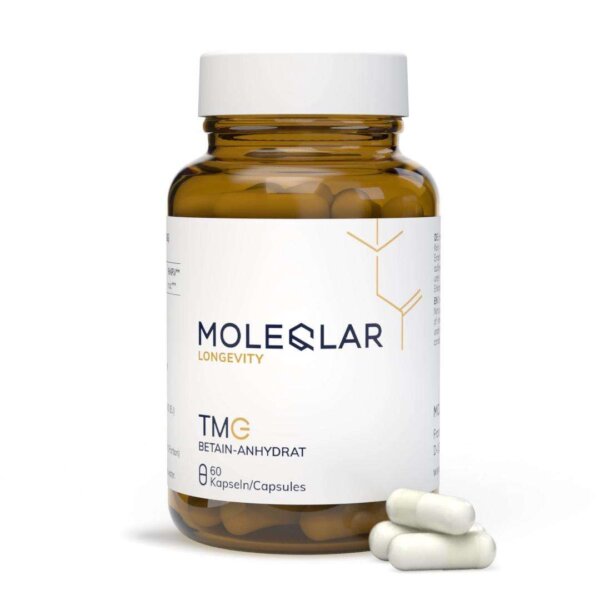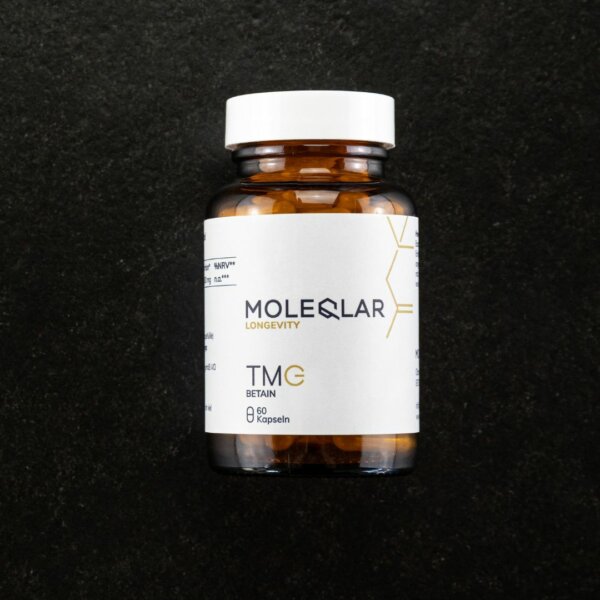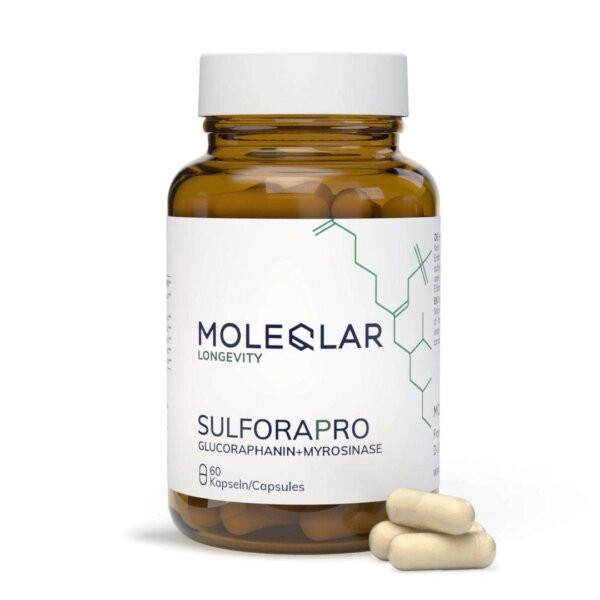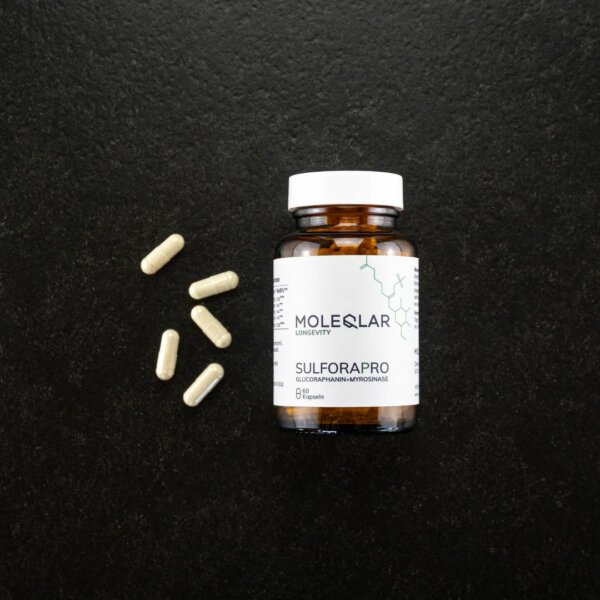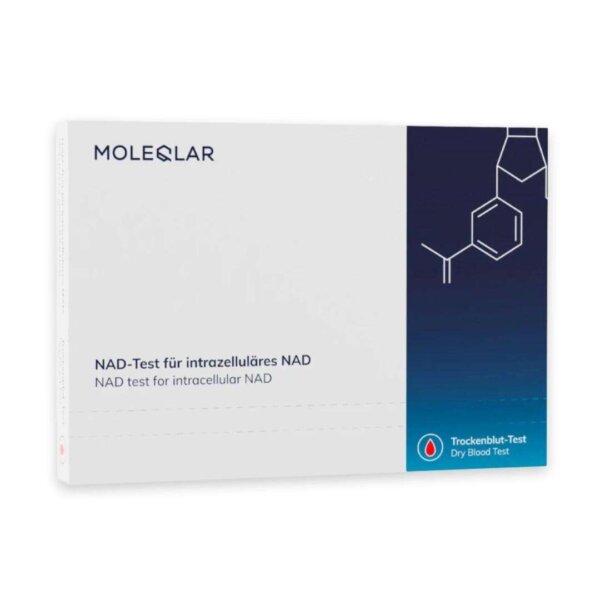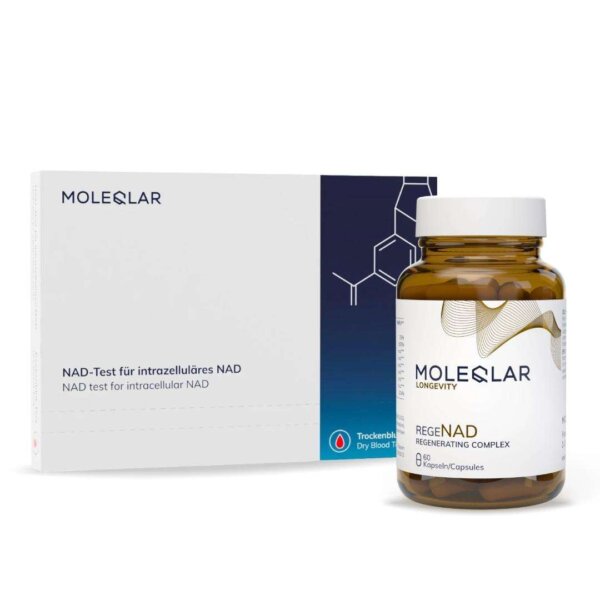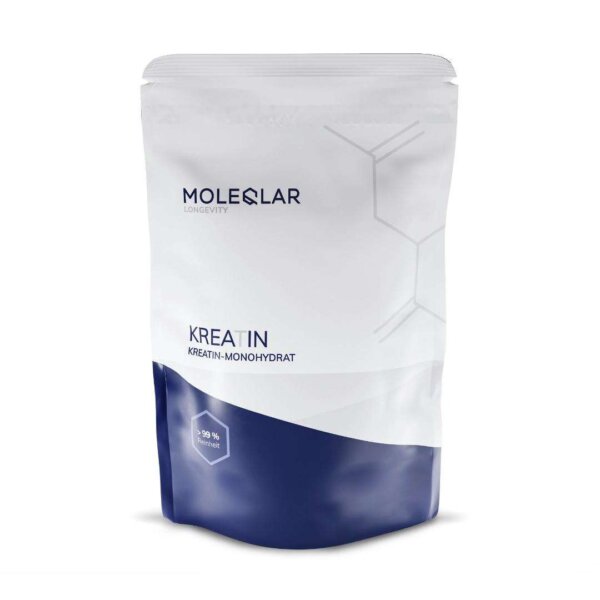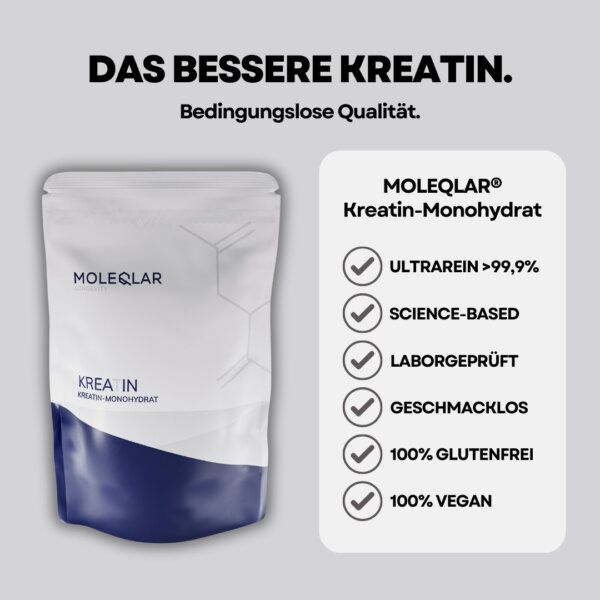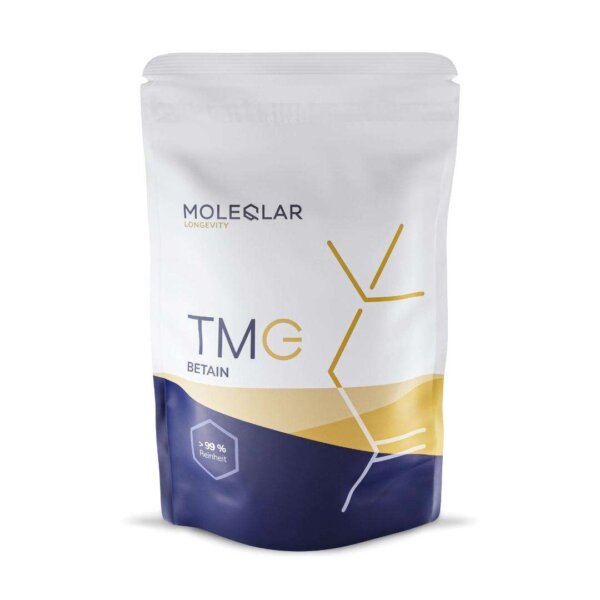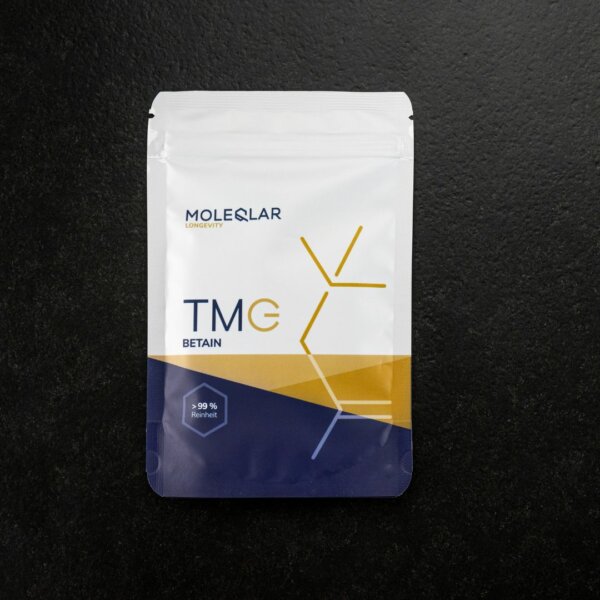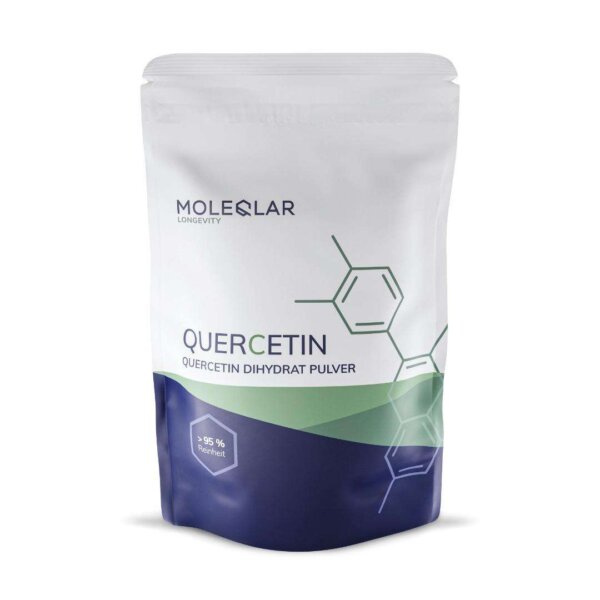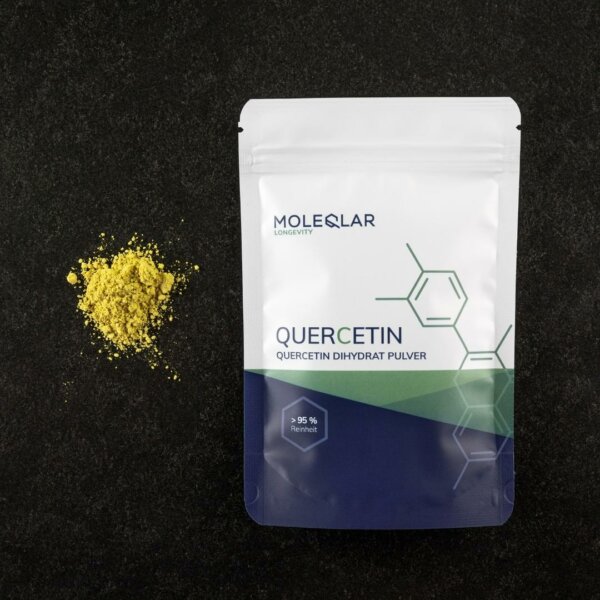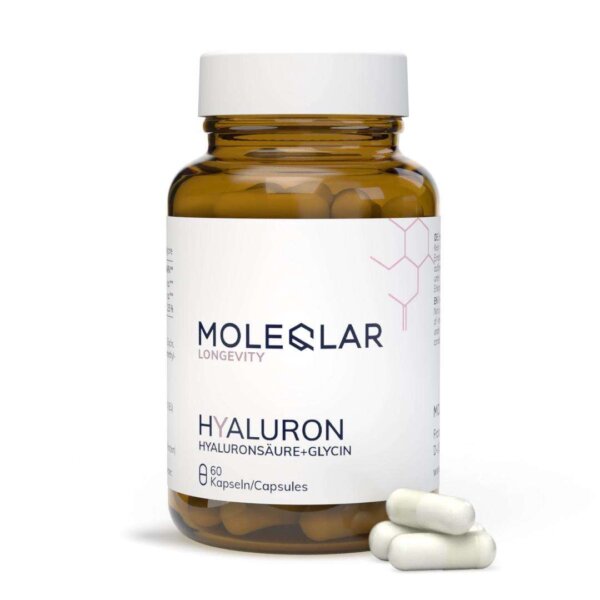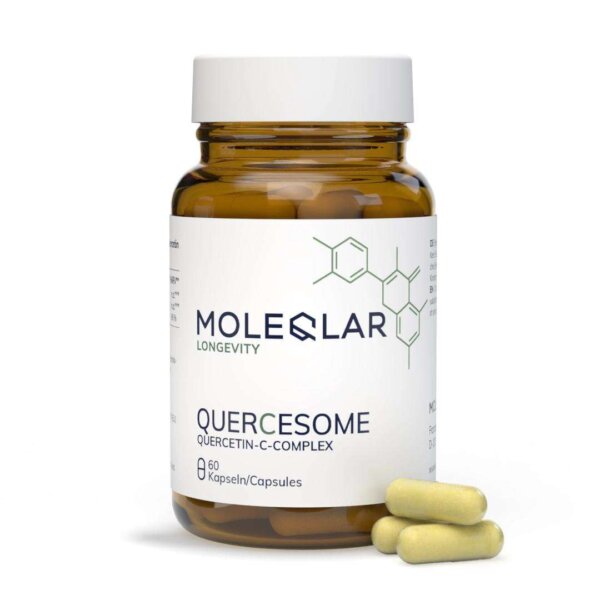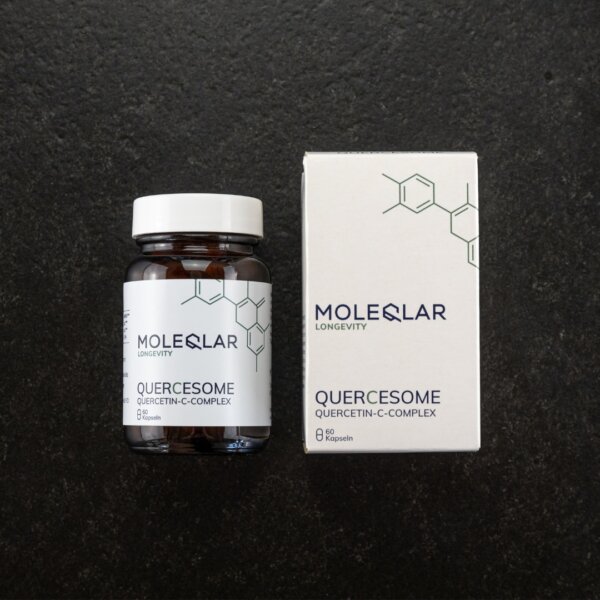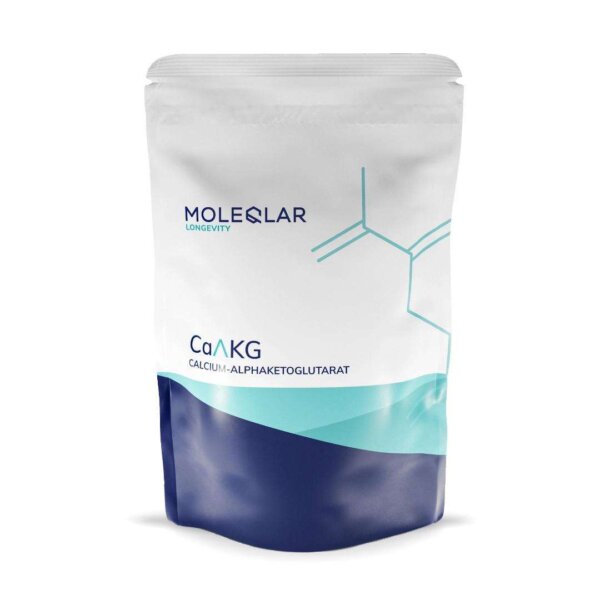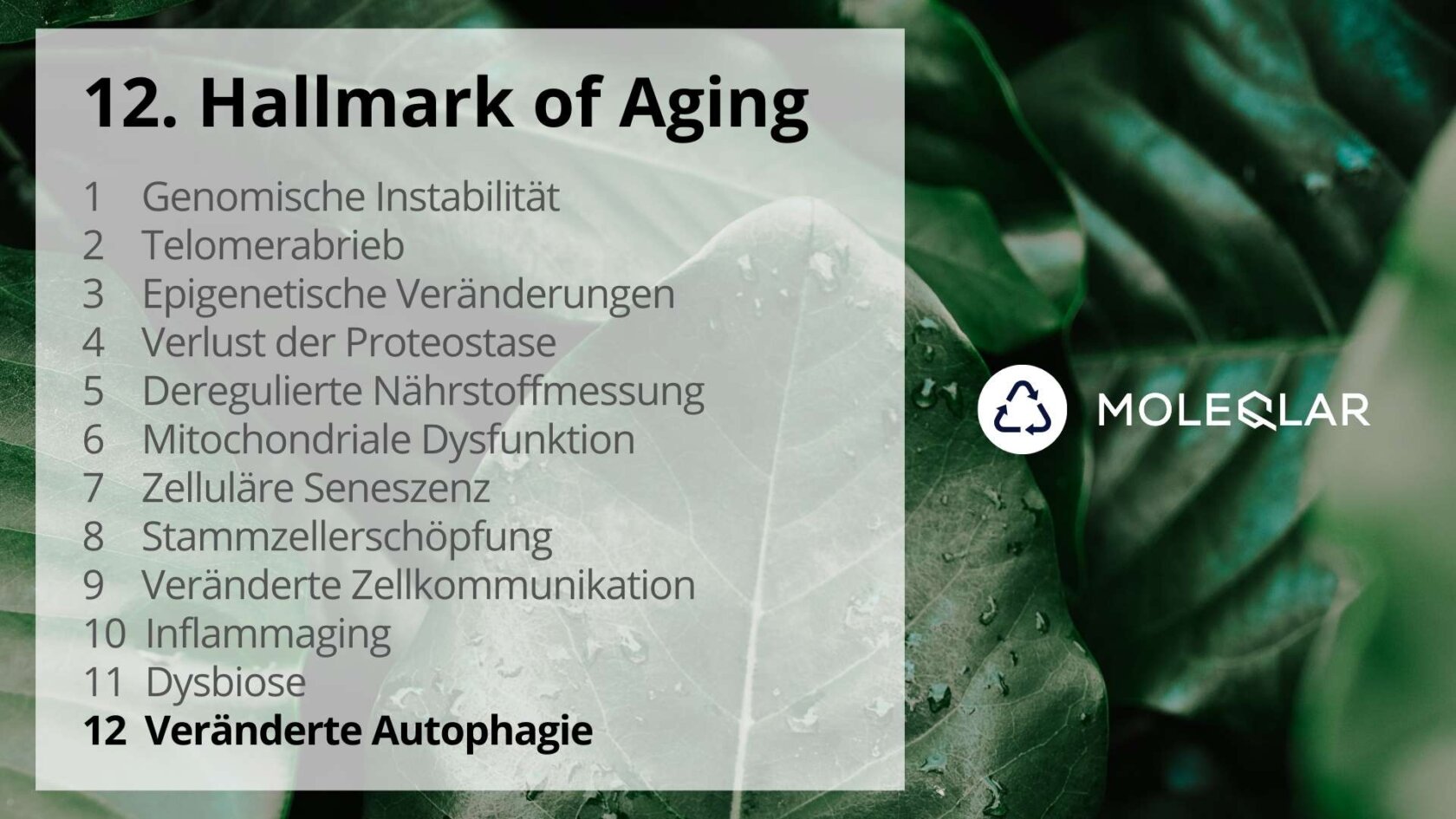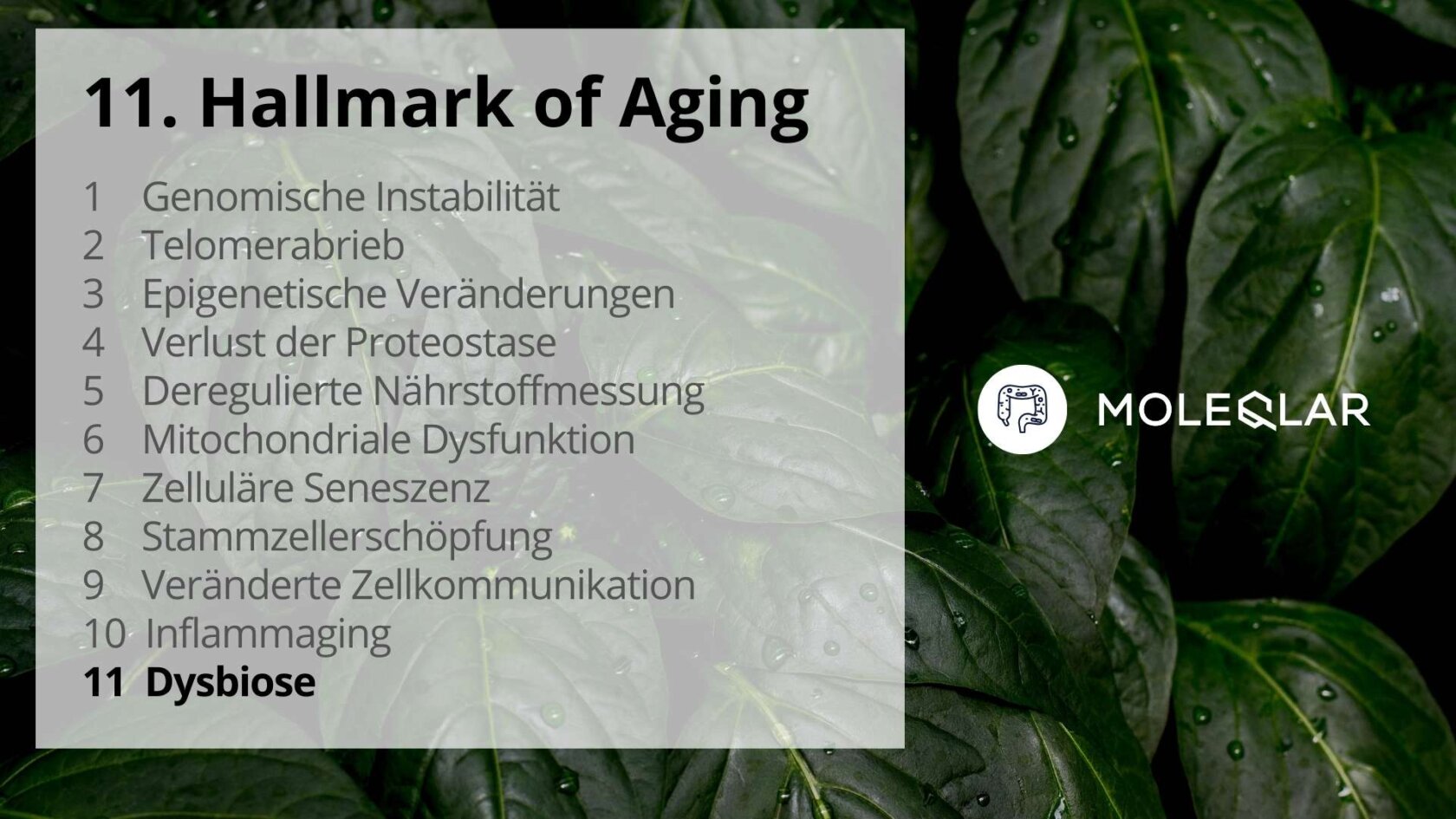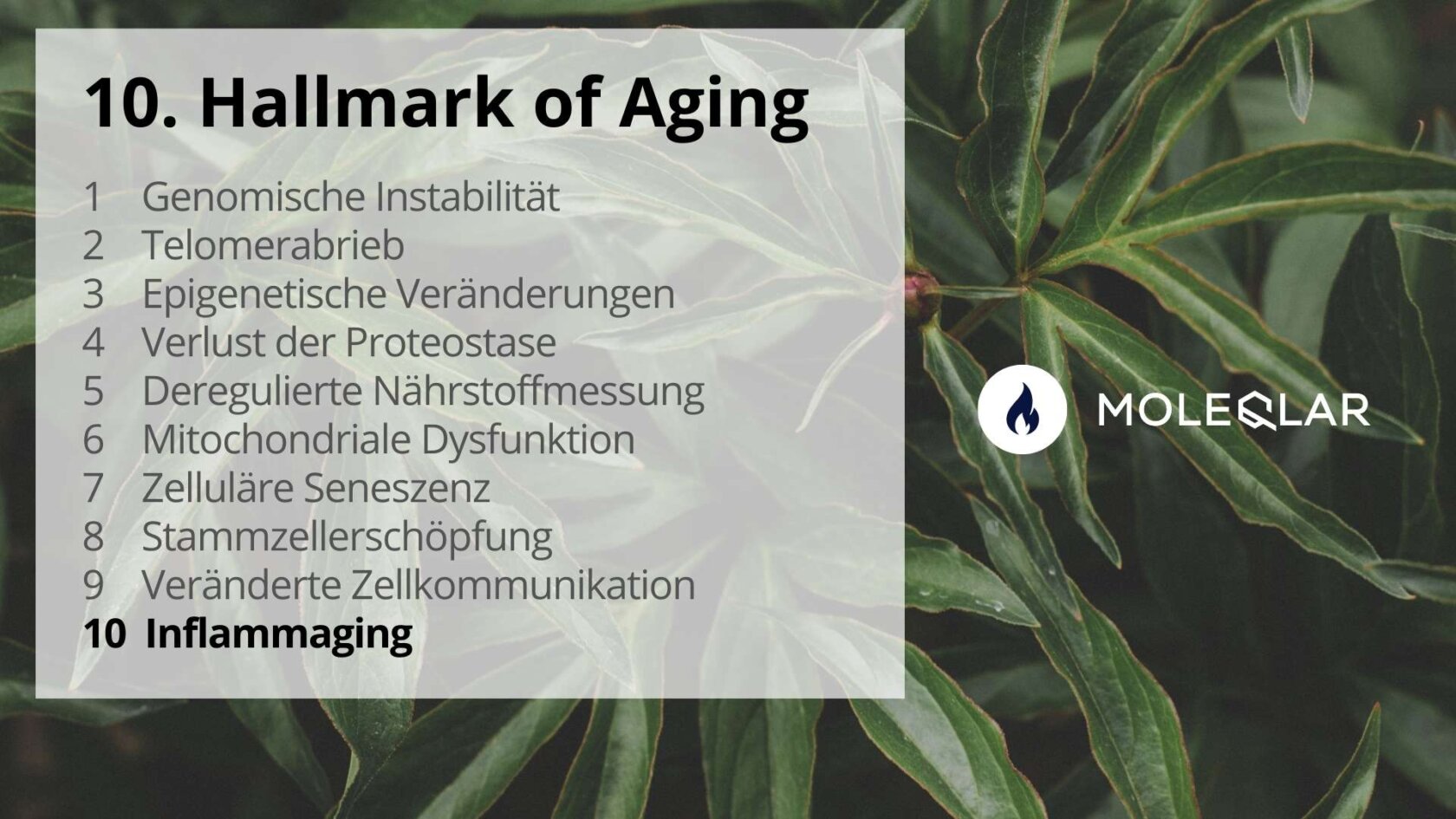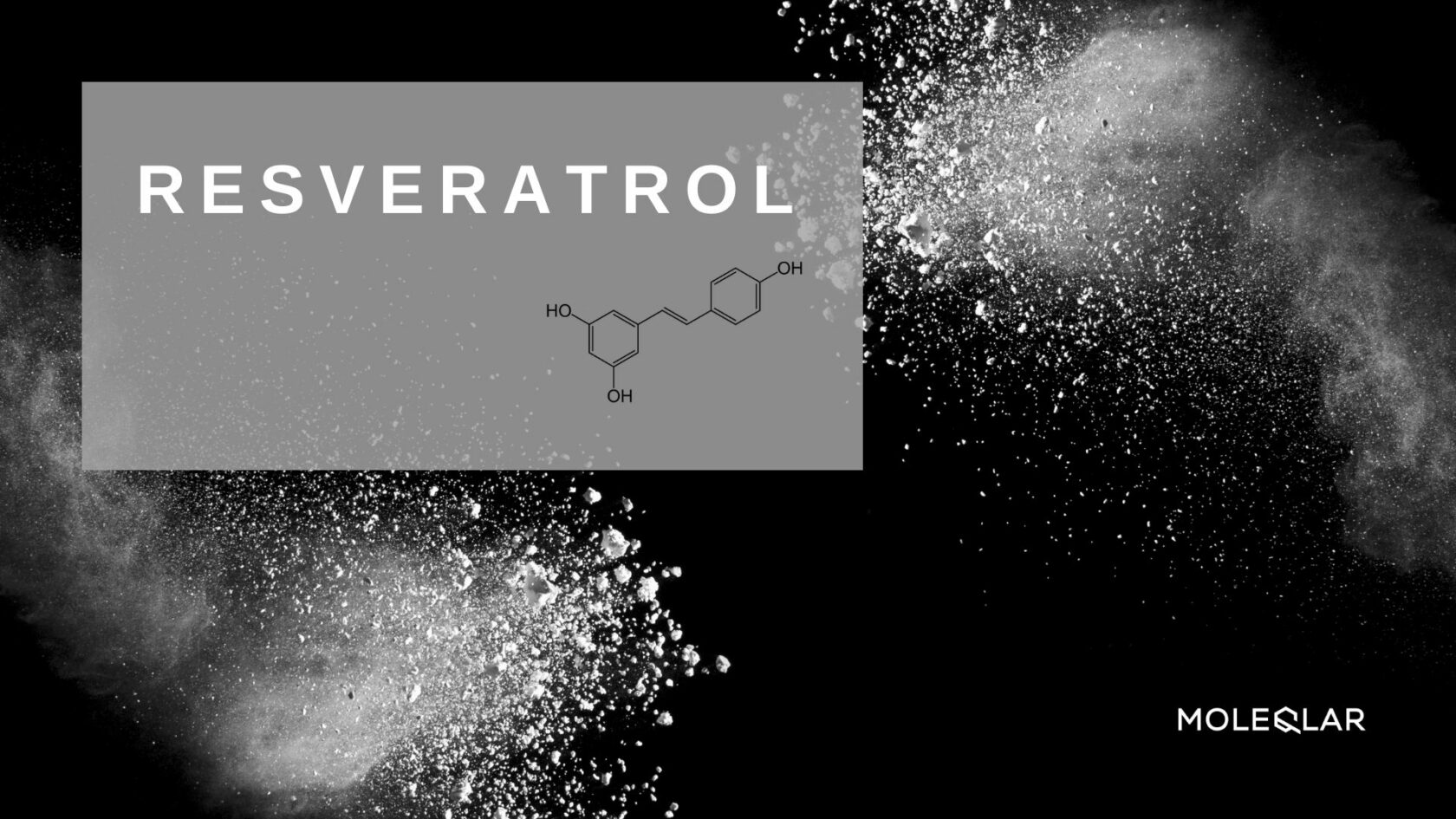In this text on deregulated nutrient measurement as the fifth hallmark of ageing, we need to delve a little deeper into the biochemistry of the cell. Don't worry, it sounds worse than expected, but to better understand the Hallmarks of Aging, we need a few technical terms, such as mTOR, sirtuins, IGF-1 or AMPK. You can find out more in our article on the four longevity pathways.
But even without this article, by the end of this article you will know why calorie restriction has led to a longer life for so many animals. The fact that certain forms of fasting and caloric restriction have far-reaching significance for the general public is demonstrated by the Nobel Prize in Physiology and Medicine awarded in 2016. Yoshinori Ohsumi, a Japanese cell biologist, received the prestigious award for his achievements in expanding our understanding of autophagy.
This is a process in which damaged cell components are broken down when cells are "starved" for a certain period of time. As a result, aged cells regain their functionality - a kind of recycling program.
Butfasting means more than autophagy. When it comes to the connection between fasting and longevity, there is a lot hidden in the depths of molecularity. We will go into the depths with you and uncover the molecular pathways behind fasting.
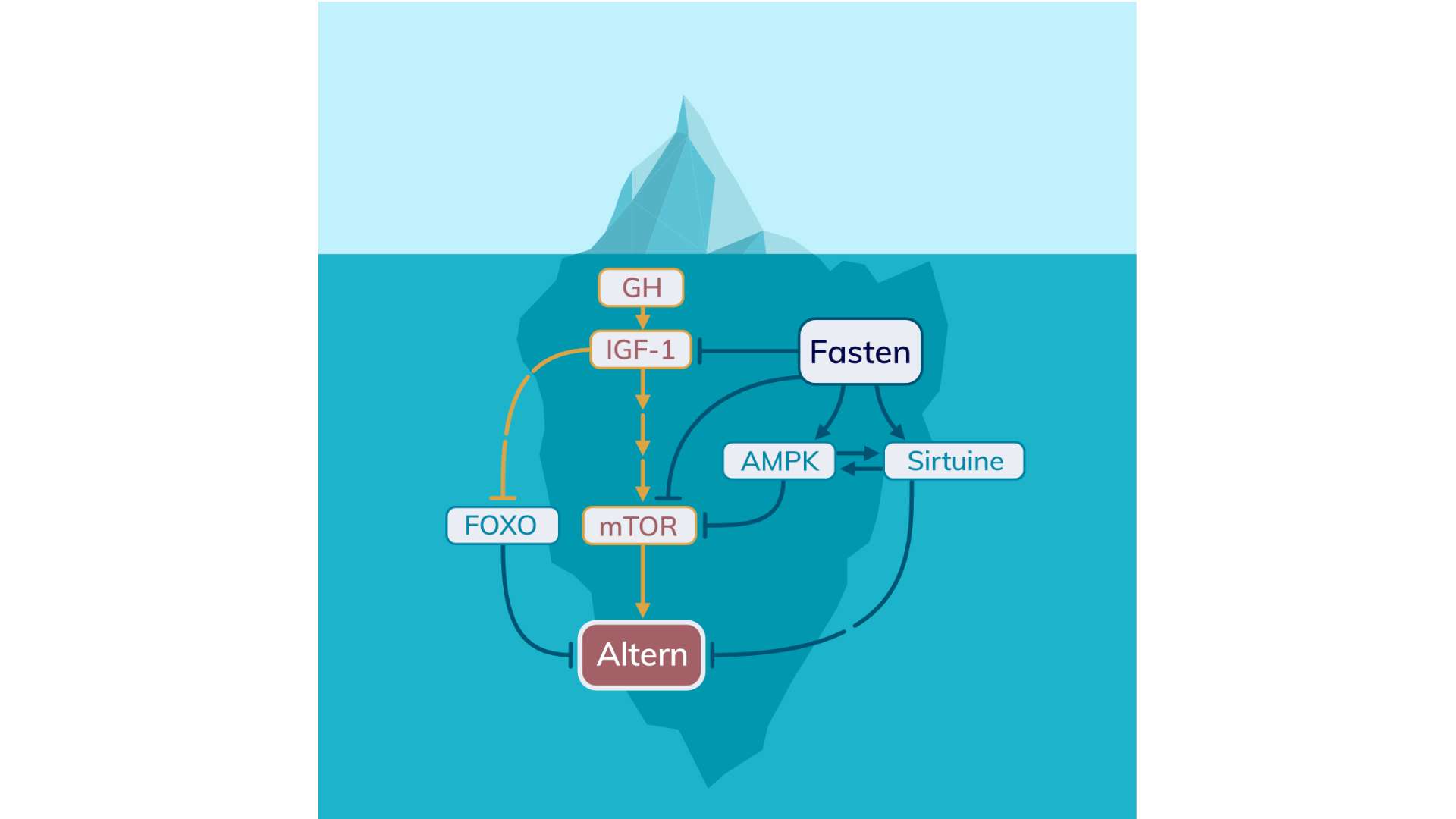
Hormones and their axes
There are countless hormones in the body that control processes such as muscle growth, menstruation and digestion. In most cases, however, hormones do not have a direct effect. They are very often organized along so-called axes or pathways, which means that one hormone stimulates another hormone and so on up to the end organ where a hormone then unfolds its effect.
So you don't have to study a whole lecture on the subject, let's focus on a hormone axis related to longevity research.
Did you know? If our body produces too much of the growth hormone GH in adulthood, this can lead to the clinical picture of acromegaly. The hands and face are usually affected first and become abnormally large. The cause is usually an autonomous overproduction of GH in the pituitary gland.

The somatotropic axis: GH and IGF-1
The somatotropic axis comprises the growth hormone (GH), which is produced by the pituitary gland, and the insulin-like growth factor (IGF-1 ). As part of this axis, GH is now released by the pituitary gland and this in turn stimulates cells (primarily liver cells) to produce IGF-1.
The signal transmission within the cell of IGF-1 is the same as that triggered by insulin, which informs the cells about the presence of glucose (sugar) - hence IGF-1's characteristic name. So when we eat something, our blood sugar inevitably rises and with it IGF-1 and insulin.
The two main effects of IGF-1 that are of interest to us are shown in the diagram. On the one hand, the FOXO family of transcription factors is inhibited and, on the other, mTOR is activated.
Before we confuse you with more complicated names, let's start with a brief explanation. FOXO stands for Forkhead box Class O and in this form stands for a series of transcription factors. These molecules can switch certain sites on our DNA on or off. You can find out more about this in the article on epigenetic changes.
The name mTOR stands for mammalian Target of Rapamycin. It owes its name to the discovery that the drug rapamycin binds to this receptor. More on this later. Both signaling pathways are involved in aging and have been conserved through evolution as they have provided a survival advantage.
Excursus: Evolutionary conservation
Evolutionary preservation has nothing to do with the preservation of food, but is similar in meaning to the term we know. More precisely: in evolution, there is constant selection pressure and only the most functional organisms survive.
If certain genetic sequences or signaling pathways occur over millions of years, this means that one organism gains a selection advantage and the others die out. Nowadays, this selection pressure is somewhat overridden by the highly developed medical possibilities. Anyone who had a heart attack in the Stone Age was almost certain to die - today there is intensive care medicine and a range of drugs to prevent this.
Studies have now made some interesting findings in this context. Small genetic mutations that reduce the function of IGF-1 have been linked to longevity in both humans and model organisms. This is remarkable and also shows the importance of such pathways for a long and healthy life.

IGF-1 signalling pathway
Numerous studies have repeatedly replicated the following result: Attenuation of the IGF-1 signaling pathway consistently extends the lifespan of, for example, flies, worms and also mice. Among other things, this has to do with the transcription factor FOXO, which has also been widely studied. Under normal circumstances, IGF-1 inhibits the FOXO family and the transcription factors are therefore unable to exert their effect. If the IGF-1 signaling pathway is inhibited, FOXO can work and ensure that proteins are produced from the DNA that counteract the ageing process.
The paradox
However, it would be too easy if that were all there was to it. As we get older, we would expect to find a high IGF-1 level based on the above findings , as this signaling pathway is one of the causes of aging. This is exactly the crux of the matter.
Some other studies have described that GH and IGF-1 levels fall during the normal ageing process. The concentration also decreased in mice with accelerated ageing. So do we have to reject our theory about ageing and higher IGF-1 levels?
Not according to proponents of the following theory. According to this theory, organisms with lower IGF-1 functionality can survive longer in old age because this results in slower cell growth and a slower metabolism. Ultimately, this means less cell damage, which in turn is good for us.
Once again, the body helps itself by simply downregulating the signaling pathway with age in order to keep damage to a minimum. As is so often the case, our body's balancing abilities are also required, as extremely low IGF-1 levels are not compatible with life. This is quite logical if you remember the influence of IGF-1 on metabolism and cell growth. The different study results are therefore no longer mutually exclusive, but complement each other.
Did you know? A varied and plant-rich diet contributes significantly to healthy ageing. The signaling pathways that can be activated by food are diverse. One of them is the IGF-1 pathway. In a study, the sulforaphane contained in broccoli was able to prolong the life of C. elegans by inducing lower IGF-1 levels.
mTOR, AMPK, Sirtuins and Fasting
In addition to the IGF-1 signaling pathway, which is known to be involved in glucose sensing, the focus is on three other related and interconnected nutrient sensing systems:
- mTOR is used to detect high amino acid concentrations - i.e. increases after a high-protein meal.
- AMPK recognizes low energy levels through high AMP values. AMP is produced during the consumption of the body's most important energy source, ATP.
- Sirtuinsalso known as longevity genes, recognize low energy states by sensing high NAD levels.
If mTOR is downregulated, yeasts, worms and flies live longer. mTOR can be specifically inhibited by the drug rapamycin. This mechanism of action is used in transplant surgery. After kidney transplants, rapamycin is an important suppressor of the immune system so that the foreign kidney is not immediately rejected by the body.
As promising as the studies on mTOR inhibition and lifespan are, the side effects of long-term rapamycin treatment are worrying. Poorer wound healing, insulin resistance and cataracts send their regards.
Nevertheless, rapamycin is the most robust chemical intervention ever discovered to extend lifespan in mammals. This makes it all the more important to understand the mechanisms involved to determine the extent to which deleterious and beneficial effects of mTOR inhibition can be separated
Did you know? The American doctor and longevity expert Peter Attia devotes an entire chapter to Rapamycin in his successful book "Outlive". The initial studies are promising, but as Rapamycin has very strong side effects and is available on prescription, you should never experiment with it.
Another method of keeping mTOR levels low is fasting, for example. However, so-called fasting mimetics (molecules that trick the body into thinking it is in a fasting situation) can also keep mTOR levels low. These include berberine, among others.

Of nutrient abundance and nutrient scarcity
Like IGF-1, mTOR must therefore be downregulated in order to have a positive effect on ageing. While IGF-1 (presence of glucose) and mTOR (presence of amino acids) signal nutrient abundance, AMPK and sirtuins signal nutrient scarcity (absence of energy). Consequently, a stronger effect of AMPK and sirtuins favors healthy aging.
The AMPK level is increased by metformin, for example. The drug is one of the oldest and best-researched diabetes medications. In worms and mice without a history of diabetes, the administration of metformin extended the lifespan.
Did you know? Green tea has been considered healthy for centuries and scientists have now been able to identify the active ingredients behind it. Theanine contained in green tea has a calming effect and, like EGCG, can have a positive effect on blood sugar metabolism.

Gandhi, fasting and the future
Overall, the scientific information currently available supports the idea that the regulation of nutrient intake contributes to a longer healthy life. In addition, the research results based on the active ingredients rapamycin and metformin are as impressive as they are promising.
Even if some detailed research is still outstanding, it can be said from the current perspective that our fifth characteristic of ageing is also a promising starting point for influencing ageing - right now. After all, the positive effects of fasting are already evident and comprehensible at the present time.
Mahatma Gandhi once said:
"The fasting periods are part of my being. I can no more do without them than I can do without my eyes. Fasting is to the inner world what eyes are to the outer world."
What was spiritual back then is now a biochemical reality... at least the second part.
The next article in this series deals with the sixth hallmark of ageing: mitochondrial dysfunction.
Literature
- López-Otín, Carlos et al. "Hallmarks of aging: An expanding universe." Cell vol. 186.2 (2023): 243-278. link
- Junnila, Riia K et al. "The GH/IGF-1 axis in ageing and longevity." Nature reviews. Endocrinology vol. 9.6 (2013): 366-376. link
- Qi, Zhimin et al. "Sulforaphane promotes C. eleganslongevity and healthspan via DAF-16/DAF-2 insulin/IGF-1 signaling." Aging vol. 13.2 (2021): 1649-1670. link
- Santos, Bruno F et al. "FOXO family isoforms." Cell death & disease vol. 14,10 702. 27 Oct. 2023, Link
- Prasanth, Mani Iyer et al. "A Review of the Role of Green Tea (Camellia sinensis) in Antiphotoaging, Stress Resistance, Neuroprotection, and Autophagy." Nutrients vol. 11,2 474. 23 Feb. 2019, Link
- Farhan, Mohd. "Green Tea Catechins: Nature's Way of Preventing and Treating Cancer." International journal of molecular sciences vol. 23,18 10713. 14 Sep. 2022, Link
Graphics
The images were purchased under licence from Canva.






